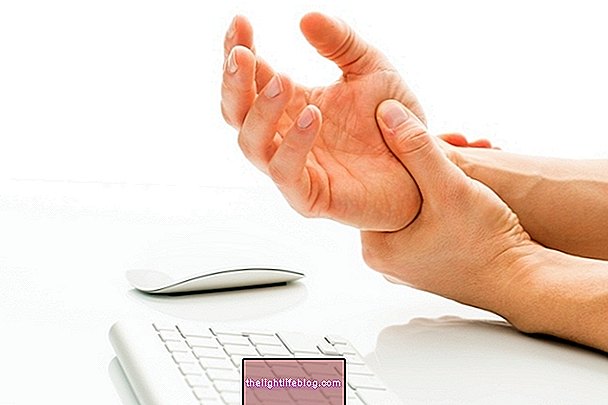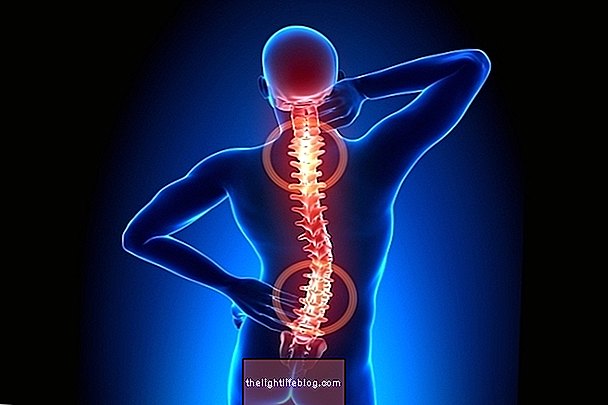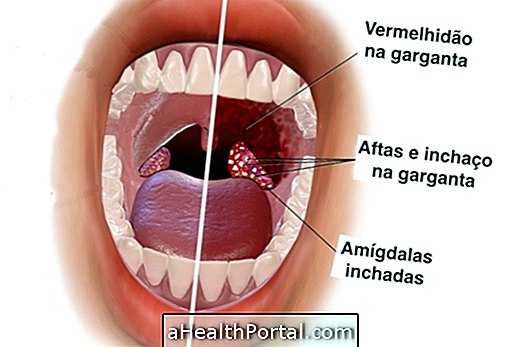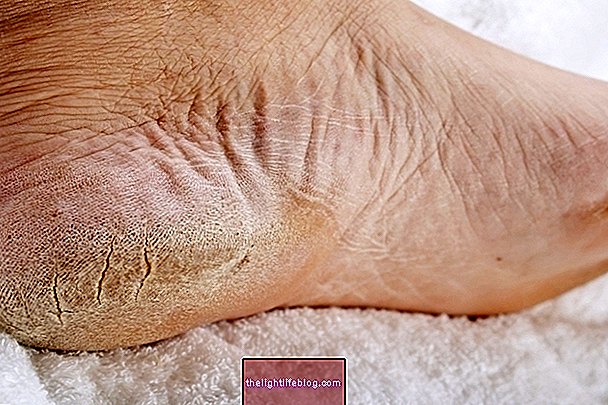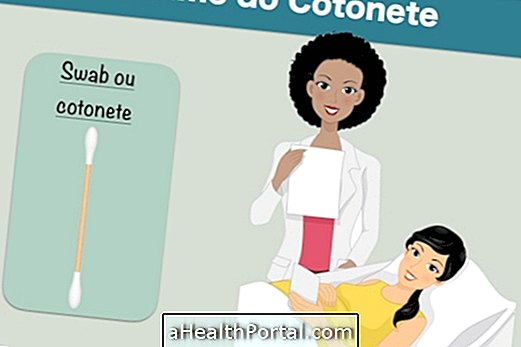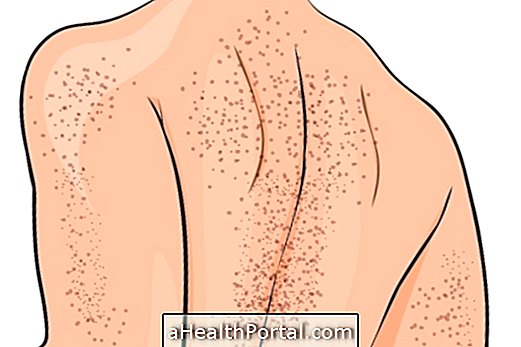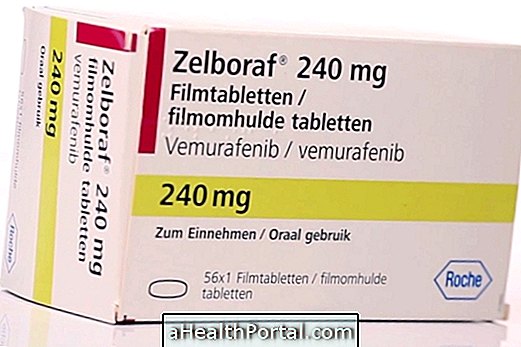Cervical disc herniation occurs when there is a compression of the intervertebral disc located in the neck region between the C1 and C7 vertebrae. Depending on its severity, the forms of treatment may vary from the use of medicines for pain relief, physical therapy sessions, exercises or, in the last case, a spinal surgery.
Cervical disc herniation is not always curable, especially when there is a large degeneration of the disc or the vertebrae involved, but the treatment can achieve great results and the person can stop feeling pain with the treatments available. Most often in cases of protruding or extruded disc herniation, surgery is not necessary. See the types and classification of disc hernias.
Some treatment options for cervical disc herniation are:
1. Taking medicines
The doctor may prescribe analgesic and anti-inflammatory drugs to combat neck pain and headache that may occur due to hernia. Ointments like Cataflam or Reumon Gel are good options to go when you feel pain and are easily found in the pharmacy and can be bought without a prescription.
But despite relieving symptoms with the use of medications, to really treat cervical disc herniation one must do physiotherapy to prevent hernia from getting worse, and then the only treatment option is spinal surgery.
2. Wear warm compress
The use of warm water bag in the neck, 3 to 4 times a day, helps relieve the pain and is great to do at home, before doing the stretches, because they allow a greater range of movements.
3. Physiotherapy
Treatment for cervical hernia includes daily physiotherapy sessions where equipment can be used to help combat pain by improving symptoms and head movement. Also indicated are features that warm the neck area, facilitating stretching and massage that decrease stiffness of muscles.
Manual therapy techniques using spinal manipulation and cervical traction are excellent options to increase the space between the vertebrae, decreasing the compression of the vertebral disc.
4. Exercises
Stretching exercises are welcome from the beginning of the treatment and can be performed at home 2 or 3 times a day whenever you feel that the neck is 'stuck' and there is difficulty in making movements. The exercises can be:


Pilates clinical exercises that are always guided by a physical therapist are excellent for treatment where there is no longer inflammation and pain and allows posture to become better, as well as the position of the head and shoulders, which improve symptoms and prevent herniated disc worse.
5. Surgery
Surgery for cervical hernia is indicated when the patient feels many pains that do not stop even with the taking of inflammatory and several sessions of physiotherapy. It is delicate and does not mean curing the disease, but it can decrease symptoms by improving the patient's quality of life.
Check out these and other tips in the following video:


